Food security
*Corresponding Author:
Published: 26-Feb-2021


African Journal of Diabetes medicine received 1471 citations as per google scholar report
A Cross sectional study - African Journal of Diabetes medicine (2021)
*Corresponding Author:
Published: 26-Feb-2021
"The challenge is to deliver nutritious, safe and affordable food to a Global population of over 9 billion in the coming decades, using less land, fewer inputs, with less waste and a lower environmental impact. All this has to be done in ways that are socially and economically sustainable." Food security occurs when all people are able to access enough safe and nutritious food to meet their requirements for a healthy life, in ways the planet can sustain into the future. However, food security faces a number of challenges across both production and consumption which research will be essential to solve. Many countries are facing the double burden of hunger and under nutrition alongside overweight and obesity, with one in three people across the globe currently suffering from some form of malnutrition.
https://betist.fun https://betlike.fun https://betmatik.fun https://betpark.fun https://bettilt.club https://elexbet.fun https://extrabet.fun https://hepsibahis.fun https://kingbetting.fun https://maksibet.fun https://marsbahis.xyz https://matadorbet.fun https://pulibet.fun https://restbet.fun https://milanobet.fun https://supertotobet.fun https://vevobahis.fun https://imajbet4.com https://maltcasinocu.fun https://sekabetgiris.fun
Globally: (ref 1). Indeed it is not unusual to find people with different forms of malnutrition living side-by-side in one country, in one community, or even in the same household. The prevalence rates of overweight, obesity and diet-related non-communicable diseases (NCDs) such as cardiovascular disease, stroke, certain cancers and type II diabetes (ref 2), are increasing in every region, in both developed and developing countries. Globally there are now more people who are overweight or obese than underweight, with the two combined accounting for more than half of the world population: a new normal (ref 3). The estimated cost to the world economy of disease and death from overweight and obesity is $2 trillion (ref 2). At the same time, around 795 million people face hunger on a daily basis and more than two billion people lack vital micronutrients (e.g. iron, zinc, vitamin A) (ref 1), affecting their health and life expectancy. Nearly a quarter of all children aged under five today are stunted, with diminished physical and mental capacities, and less than a third of all young infants in 60 low- and middle-income countries meet the minimum dietary diversity standards needed for growth.
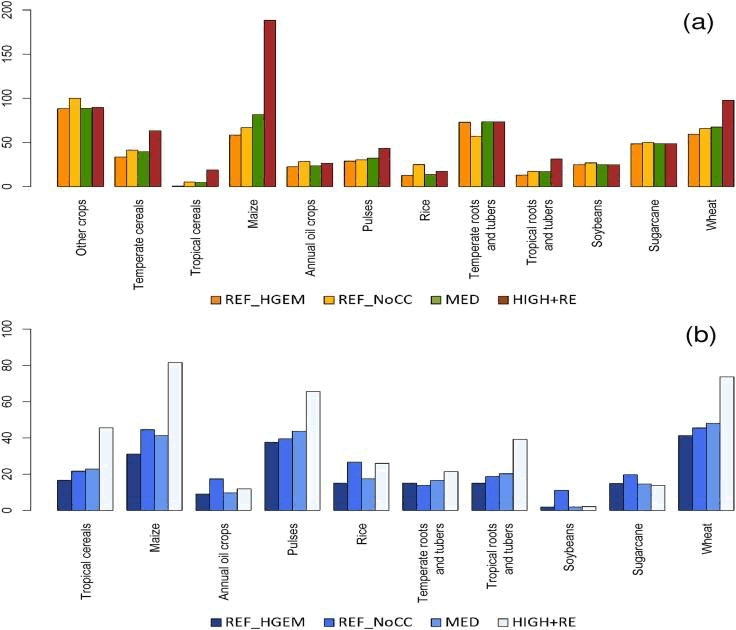
North-America Region: The anticipation of eating regimen related sicknesses is one of the new societal difficulties of the 21st century. In October 2011, the total populace passed the 7 billion stamps. Such development will put a monstrous strain on the worldwide sustenance supply. These elements alone make the generation and circulation of sustenance a basic issue for the 21st century. The natural nourishment industry is one of the quickest developing divisions of U.S. agribusiness. Customer interest for natural sustenance has kept on developing at a relentless pace of at least 20% every year since the 1990s. Around 73% of customary supermarkets and almost 20,000 common nourishment stores convey natural items, representing roughly 2.5% of aggregate sustenance deals in the United States. Residential deals appraisals of natural sustenance are $17 billion (all sums are in U.S. dollars) for 2006, with 39% of those deals for leafy foods (Organic Trade Association 2006). The present interest for natural deliver is expanding speedier than supply, bringing about growing exchange holes amongst imports and fares. The natural area of the U.S. agrarian framework is requesting expanded consideration from makers, retailers, buyers, and strategy producers keen on natural and medical problems inside the nourishment framework.
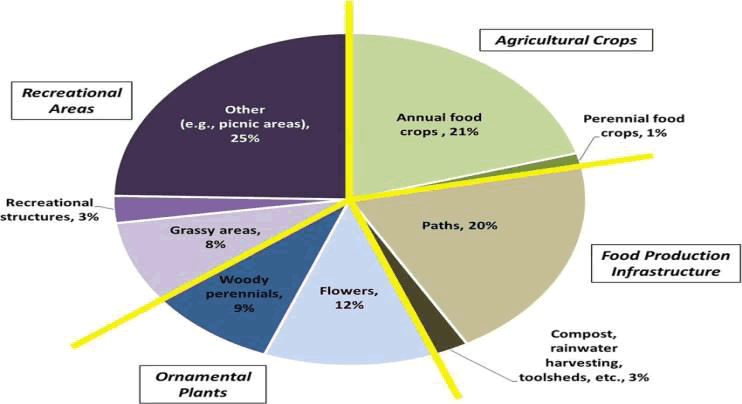
Europe: The significant assembling centres in the globe are Europe which constitutes the dominant part share in the nourishment flavours and enhancer showcase alongside North America. European market is a develop advertise and has a few administrative bodies to manage stringently the utilization of sustenance flavours and enhancers, accordingly dealing with the purchasers of the countries. Germany constitutes the significant offer having 24% taken after by the UK (23%), Spain (10%), Netherland (5%) and Italy (9%). $ 823 million US dollar is the market measure by estimation of the manufactured flavour and $ 755.65 million US dollar is the market estimate by estimation of the characteristic in the year 2014.
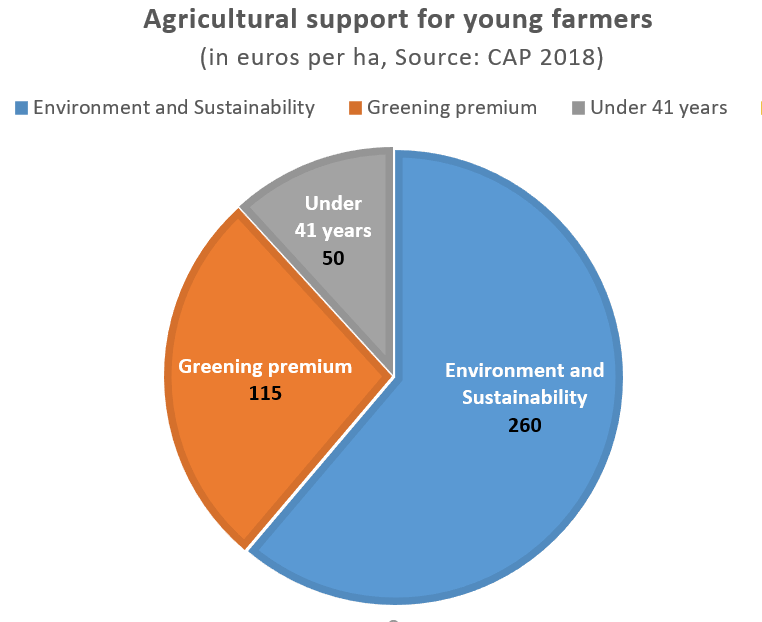
Asia pacific: Asia Pacific is a colossal and progressively powerful market in the supply of sustenance and refreshment fixings. And in addition representing 35% of worldwide esteem included fixing supply in this classification; it is likewise a dissolving purpose of different patterns and impacts. In 2012, Asia Pacific represented 35% of worldwide utilization of significant worth included sustenance and drink fixings, proportional to just about 8.5 million tons out of a worldwide aggregate of 24.2 million tons. Asia Pacific is likewise one of the quickest developing locales, with a figure CAGR of 4% more than 2012-2017, behind just the Middle East and Africa, with 5%. This implies by 2017, Asia will have expanded its offer of the worldwide aggregate to 38%.
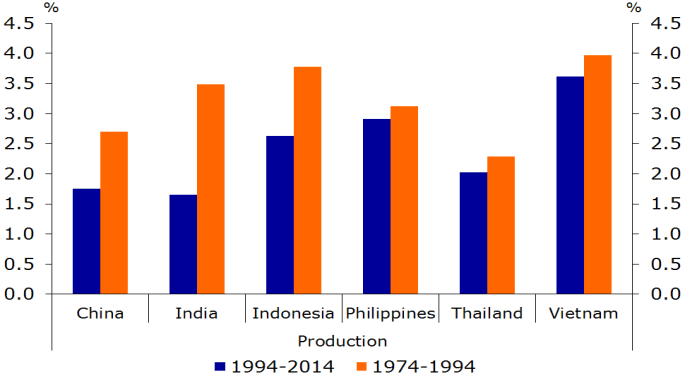
USA:
Market structure
The US is the world's biggest economy and its 320 million individuals created US$48,000 per capita GDP in 2011. One of every five Americans live in one of the nation's eight biggest urban communities. Its customers expect aggressive estimating and offers, and are progressively worried about economical generation, transport and bundling. It is New Zealand's third biggest sustenance and refreshment showcase, with US$2.1 billion fares in 2011. · US bundled sustenance deals totalled US$332 billion out of 2011. The bread shop classification was worth 21 per cent of the aggregate; dairy, 16 per cent; solidified prepared nourishment, 10 per cent; ice cream parlour, 10 per cent; and sweet and flavourful snacks, 10 per cent.
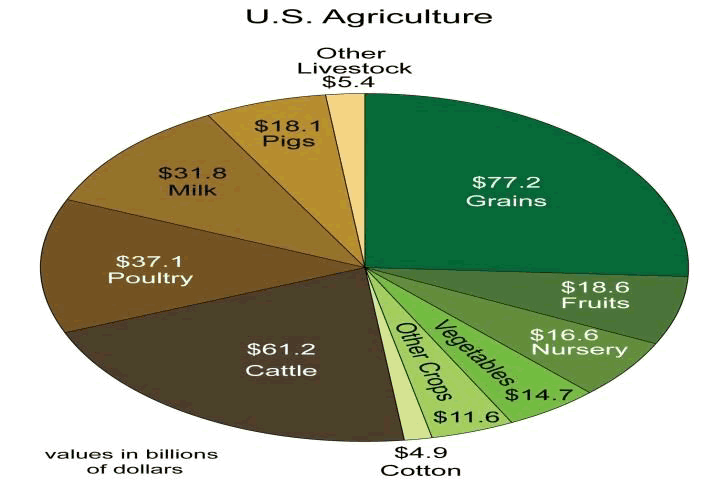
Packaged sustenance deals expanded by a compound yearly development rate (CAGR) of 2.5 per cent amid 2006-2011, driven by more dinners eaten at home as opposed to eating out. The most noteworthy development was in lunch rooms, with a CAGR of 6.6 per cent over the five-year time frame. Pasta grew 5.9 per cent in that time, noodles, 4.8 per cent; spreads, 4.6 per cent; and dairy items, 3.4 per cent. · Fresh nourishment deals involved 78 million tons by volume in 2011; with meat at 31 per cent piece of the pie; vegetables, 25 per cent; organic products, 23 per cent; bland roots, seven per cent; and eggs, six per cent. Market development was stale from 2006-2011. · The US wine advertise is the world's second biggest behind France, totalling US$34 billion out of 2011, equalling 2.73 billion litres. Still light grape wines overwhelm with a 86 per cent piece of the overall industry in esteem and 91 per cent in volume. Shimmering wines have an eight per cent share by esteem and five per cent in volume. CAGR deals development more than 2006-2011 was three per cent, with imports from Argentina up 13 per cent and New Zealand up 40 per cent. There has been change following the subsidence late in the decade, which hit the foodservice showcase especially hard.
Development drivers
Consumer enthusiasm for natural sustenance stays solid, the market multiplying in the vicinity of 2005 and 2010. Americans are progressively intrigued by wellbeing and wellbeing parts of sustenance, constraining foodservice administrators to offer solid options, for example, low-fat menus. Reasonable bundling, transport and creation strategies are progressively esteemed. · While slower to grasp private names than Europeans, the worldwide financial lull has energized such deals, which have become quicker than the general sustenance and refreshment showcase. Standard private marks by and large offer for 20 to 40 per cent not as much as their marked counterparts. · While eating out is on the ascent once more, purchasers are deciding on more affordable eateries. Full-benefit eateries keep on struggling, while fast food eateries progressively co-situate in real shopping outlets. Amid the subsidence, wine purchasers exchanged down to economy marks and reduced retail channels; however add up to volume utilization developed. Footing has originated from more youthful customers.
Total nourishment utilization is estimate to increment by a CAGR of 3 per cent amid the five years to 2016, because of the developing U.S. populace. Nourishment utilization in the U.S. is relied upon to reach $968 billion by 2016. · Canned nourishment esteem deals are conjecture to develop by a CAGR of 3.6 per cent to 2016, driven by expanding shopper requests for comfort. · There is popularity for solidified sustenance items, especially from markets and eatery networks. The solidified sustenance advertise is estimate to develop at a normal yearly rate of 1.5 per cent, achieving $96.4 billion of every 2016. · The natural sustenance advertisement is a figure to develop by a 9.7 per cent CAGR in the vicinity of 2011 and 2016. The market is conjecture to reach $46.5 billion by 2016, which is an expansion of > 50 per cent since 2010. · The development of the dairy advertise is conjecture to moderate, with a CAGR of 3.6 per cent in the vicinity of 2011 and 2016, achieving $89.3 billion out of 2013. The dynamic yogurt part in the United States is relied upon to keep on growing, due to the on-going pattern towards more beneficial choices. · The basic supply retail showcase is relied upon to develop by a CAGR of 3.5 per cent to 2016. · The foodservice deals are relied upon to develop by a 3.2 per cent CAGR to 2015, achieving $562.5 billion. The most astounding development is figure in foodservice foundations in travel areas (i.e. motorway benefit/rail stations).
Universities offering Food Education (Globally, Continent Wise (Europe, America, Asia pacific, Middle East))
Mentioned below are some of the renowned Universities in Europe
• Technical University of Munich, Germany
• Lund University (Food Technology, Nutrition and Engineering)Agrocampus Ouest, France
• University of Goettingen, German
• Leibniz University, German
• Agricultural University of Athens, Greece
• Wageningen University and Research Centre, Netherlands
• Utrecht University, Netherlands
• University of Life Sciences in Lublin, Poland
• Moscow Agricultural Academy, Russian Federation
Mentioned below are some of the renowned Universities in America:
• Centre for Agriculture Excellence, University of the Fraser Valley, Canada
• University of British Columbia, Vancouver
• Penn State University College of Agricultural Sciences, USA
• University of Guelph in Guelph, Ontario
• Lowa State University, USA
• Michigan State University, USA
• Ontario Agricultural College, Ontario
• New Mexico State University, USA
• Texas A&M University, USA
• North Carolina Agricultural and Technical State University, USA
• The Ohio State University, USA
• University of Nebraska-Lincoln
Mentioned below are some of the renowned Universities in Asia Pacific region:
• Asia Pacific University of Technology and Innovation (APU), Malaysia
• Seoul National University, South Korea
• University of Tokyo, Japan
• Chung-Ang University, South Korea
• Harbin Institute of Technology, China
• University of Queensland, Australia
• The Australian National University, Australia
• Nanjing Agricultural University, China
• Indian Agricultural Research Institute, India
• Universiti Putra Malaysia (UPM), Malaysia
• Huazhong Agricultural University, China
• Institute of Technology Bandung, Indonesia
• Gyeongsang National University, South Korea
• Nanjing Agricultural University, China
• Hanoi University of Agriculture, Vietnam
• University of Agricultural Sciences, India
• Tokyo University of Agriculture and Technology, Japan
Mentioned below is some of the renowned Universities in Middle East region:
• Tel Aviv University, Israel
• Holy Spirit University of kaslik , Lebanon
• Jordan University of science and technology, Jordan
• Lebanese international university, Jordan
• Hebrew University of Jerusalem, Israel
• Ege University, Turkey
• University of Jiroft, Iran
• Agricultural and Food Sciences-King Faisal University, Saudi Arabia
• Zagazig University, Egypt
• Lebanese University, Lebanon
• The University of Jordan, Jordan
• Süleyman Demirel University, Turkey
• United Arab Emirates University, College of Food and Agriculture, UAE
Food Security Research Institution :
• Institute for Food and Agricultural Research and Technology (IRTA), Spain
• National Agricultural Research and Innovation Center (NARIC), Hungary
• Food and Agriculture Organization of the United Nations
• The European Forum on Agricultural Research for Development (EFARD)
• French National Institute for Agricultural Research
• Malaysian Agricultural Research and Development Institute
• Louisiana State University Agricultural Center
• Tropical Agronomic Center for Research and Teaching
• International Center for Agricultural Research in the Dry Areas
• National Center for Agricultural Utilization Researc
• UBC Faculty of Land and Food Systems
Funding in Food Security & Top Funding Bodies
There are countless ground breaking initiatives around the world that focus on crucial issues like Global food security, food access, nutrition education, Food Safety food sustainability etc. However, without financial help from charitable foundations, many of these projects researches, programs would not be possible. We should all say thank you to these foundations or the funding bodies that fund food work. Some organisation offering grants to the Food Security and nutrition research and development are:
• Alliant Energy Community Grants Program
• Oklahoma Healthy Kids, Healthy Families Grants
• New Mexico Healthy Kids, Healthy Families Grant
• Kansas Health Foundation Impact and Capacity Grant
• Native Agriculture and Food Systems College Scholarship Program
• Lowe's Toolbox for Education Program
• Michigan Building Healthy Communities Step Up for School Wellness Program
• USDA Small Business Innovation Research (SBIR) - Phase I
• Disabled American Veterans Charitable Service Trust Grants
• Reducing Health Disparities Between Native Hawaiians and Other Racial/Ethnic Groups in Hawaii USDA Community Facilities Guaranteed Loan Program
• Walmart National Giving Program
• Laura Jane Musser Fund: Rural Initiative Program
• Wal-Mart Foundation Community Grant Program
• European commission‘s H2020-program
• Colorado Fresh Food Financing Fund (CO4F)
• Federal Surplus Real Property Available for Public Use
• Community Food Projects Technical Assistance
• Michigan Good Food Fund
Select your language of interest to view the total content in your interested language
To read the issue click on a cover